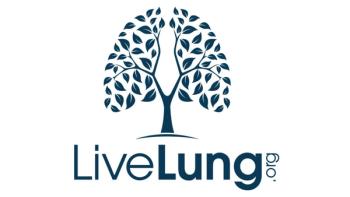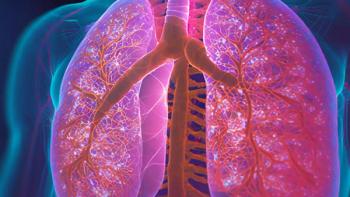
New Study Shows Racial and Ethnic Disparities in Cardiovascular Mortality Among Cancer Survivors
A new large national study led by researchers at
In this study, researchers led by Dr. Hyuna Sung , principal scientist, cancer surveillance research at the American Cancer Society and lead author of the study, used data from almost three million survivors of the top 23 cancers diagnosed at ages 20 to 64 years during 2000-2018 obtained from 17 Surveillance, Epidemiology, and End Results registries. Risks for CVD death among survivors relative to the general population werecalculated using standardized mortality ratios (SMRs) in each racial/ethnic group: Non-Hispanic White (NHW), Non-Hispanic Black (NHB), Hispanic, Non-Hispanic Asian or Pacific Islander (API), and Non-Hispanic American Indian (AI). Among survivors, the risks were compared by race/ethnicity using cause-specific proportional hazards models for competing risks, controlling for year of diagnosis, age at diagnosis, sex, stage (when appropriate), and the first course of treatment receipt (surgery, radiotherapy, chemotherapy).
The results showedamong 2,806,515 survivors (NHW, 68%; NHB, 13%; Hispanic, 12%; API, 7%; AI, 0.5%), 57,883 CVD deaths occurred during 6.4 person-years of mean follow-up. Cancer survivors overall were at increased risk of CVD death compared to the general population with an SMR of 1.76 among API, 1.49 among AI, 1.46 among Hispanic, 1.30 among NHB, and 1.13 among NHW survivors. Compared with NHW survivors, the adjusted hazard of CVD death was statistically significantly higher among NHB survivors for 23/23 cancers and among AI survivors for 9/18 cancers but was statistically significantly lower among Hispanic survivors for 5/23 cancers and among API survivors for 10/23 cancers, with no significant difference otherwise. The highest hazard ratios (HRs) were among NHB survivors of melanoma; breast; pancreatic; and testicular cancers, whereas the lowest HRs were among API survivors of head and neck and cervical cancers and Hispanic survivors of cervical cancer.
Study authors highlight the need for targeted prevention and surveillance in primary care and for future studies to identify factors that contribute to this variation to inform efforts towards mitigating risk.
# # #
About the American Cancer Society
The American Cancer Society is on a mission to free the world from cancer. We invest in lifesaving research, provide 24/7 information and support, and work to ensure that individuals in every community have access to cancer prevention, detection, and treatment. For more information, visit cancer.org.




